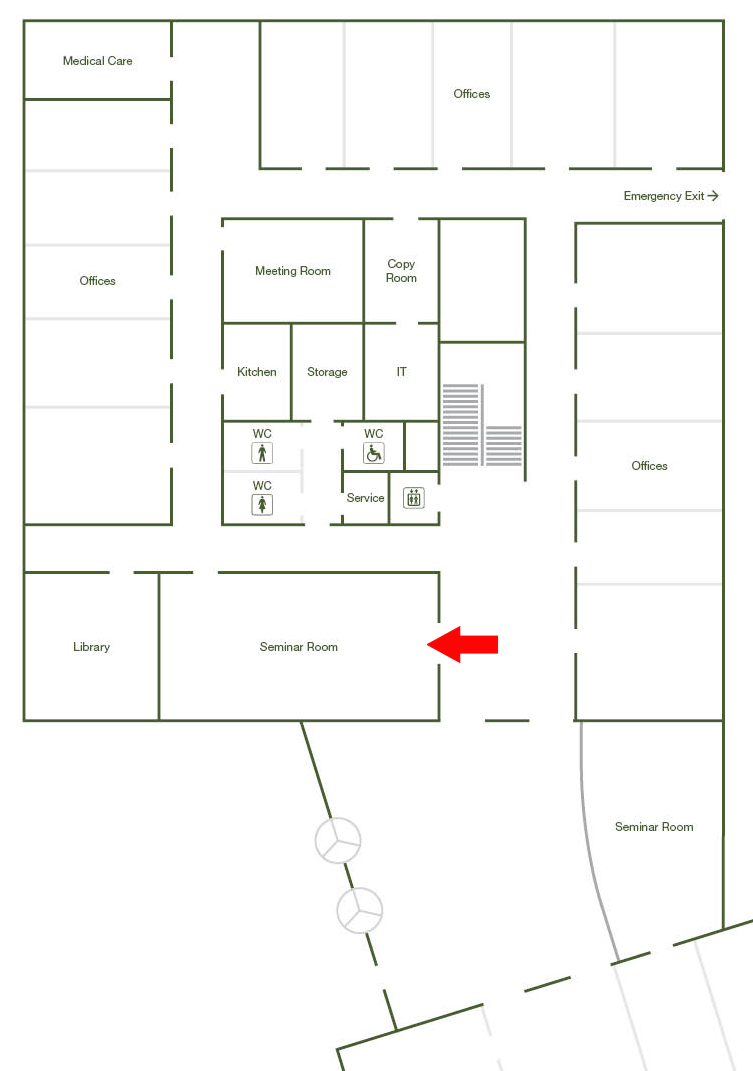Applications of machine learning for quantum dynamics

Machine learning is becoming a new tool for physics and chemistry research. This talk will discuss how quantum theory of molecular dynamics can benefit from machine learning. In particular, it will be argued that combining machine learning with quantum dynamics calculations allows one to ask new questions and may help solve problems generally considered unfeasible.
The main focus of this presentation will be on the inverse scattering problem in chemical reaction dynamics. I will illustrate a machine-learning approach that can be used to build global potential energy surfaces (PES) for reactive molecular systems based on feedback from quantum scattering calculations. The method is designed to correct for the uncertainties of quantum chemistry calculations and yield potentials that reproduce accurately the reaction probabilities in a wide range of energies. These surfaces are obtained automatically and do not require manual fitting of the ab initio energies with analytical functions. The PES are built from a small number of ab initio points by an iterative process that incrementally samples the most relevant parts of the configuration space. Using the dynamical results of previous authors as targets, we show that such feedback loops produce accurate global PES with 30 ab initio energies for the three-dimensional H + H2 -> H2 + H reaction and 290 ab inito energies for the six-dimensional OH + H2 -> H2O + H reaction.
In the second part of the talk, I will illustrate how machine learning can be used for extrapolation of properties of complex quantum systems. I will describe a machine-learning method for predicting sharp transitions in a Hamiltonian phase diagram by extrapolation. The method is based on Gaussian Process regression with a combination of kernels chosen through an iterative procedure maximizing the predicting power of the kernels. The method is capable of extrapolating across the transition lines. The calculations within a given phase can be used to predict not only the closest sharp transition, but also a transition removed from the available data by a separate phase. This method is thus particularly valuable for searching phase transitions in the parts of the parameter space that cannot be probed experimentally or theoretically.